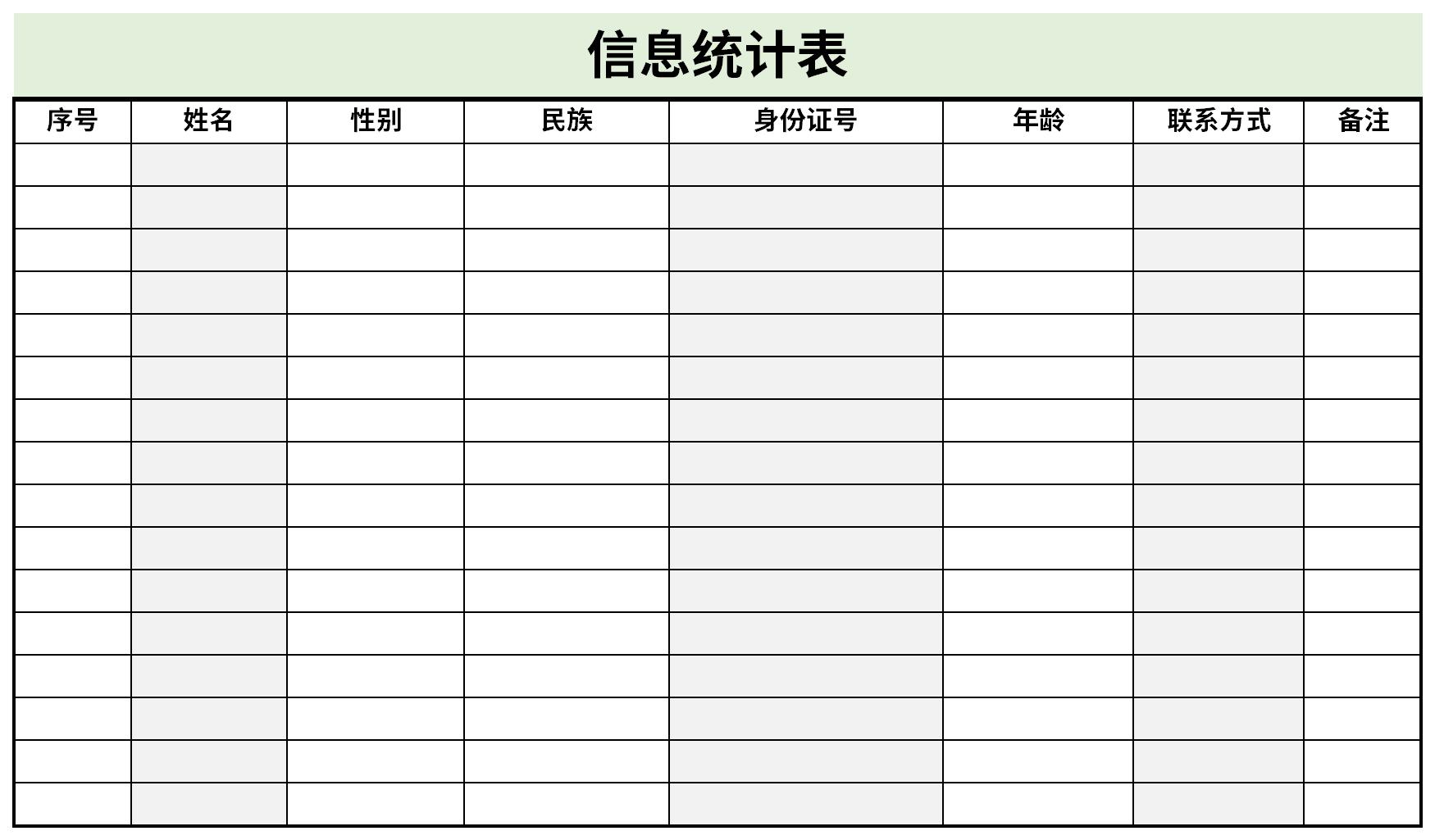
Information statistics table introduction Information statistics tableProcess:
(1) Timing information statistics, that is, determining the time limit, such as the amount of information transmitted in various places within a month.
(2) Quantitative information statistics. That is, determine the object, such as how much information each county transmits every day.
(3) Qualitative information statistics, that is, determining the nature and categories of issues, such as urban economic system reform and rural industrial structure adjustment, and collecting statistics according to various types of issues.
General tips for information statistics tables
1: IF function conditional judgment
The IF function is one of the most commonly used judgment functions, which can complete either-or judgments.
The assessment score standard is 9 points. It is necessary to judge whether the assessment results in column B are qualified.
=IF(B4>=9,"qualified","unqualified")
2: Multi-condition judgment
If the department is production and the position is mainly for operations, there is a high temperature subsidy. Use the formula in column D:
=IF(AND(B2="Production",C2="Main Operator"),"Yes","No")
3: Conditional summation
Use the SUMIF function to calculate the total score of a class:
=SUMIF(D2:D5,F2,C2:C5)
4: SUMIF usage is:
=SUMIF(condition area, specified summation condition, summation area)
In layman’s terms, it can be described as:
If the class in the D2:D5 area is equal to the "first class" of the F2 cell, sum the corresponding area of the C2:C5 cell.
Recommended by the editor of Huajun Software Park
Information statistics tableIt is a free Excel template, download it if you need it! Huajun Software Park provides high-quality Excel template downloads.Annual training plan and implementation statistics table,Annual Water System Supplementary Information SheetDownload to get the source file, which can be edited, modified and replaced. To download the information statistics table, go to Huajun Software Park.





































Useful
Useful
Useful